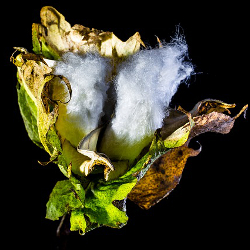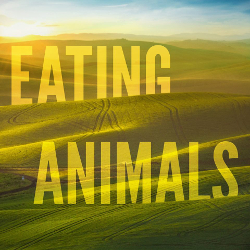For a company hoping its name would disappear, Monsanto sure has been in the news a lot lately.
And the Biotech Bully’s long history of corruption is now in plain view, in a California courtroom.
This week, a federal judge ruled that hundreds of lawsuits against Monsanto can proceed to trial. According to a Reuters report, the judge said there was “sufficient evidence” for a jury to hear the cases alleging that exposure to Monsanto’s Roundup weedkiller is responsible for their cancer, or the cancer of their deceased family members.
Meanwhile jury selection in the case of DeWayne Johnson v. Monsanto Company was completed last week, and on Monday, July 9, the trial got underway in San Francisco Superior Court.
The Guardian reported that an attorney for DeWayne Johnson argued on opening day that Monsanto “has specifically gone out of its way to bully … and to fight independent researchers.” The attorney, Brent Wisner, presented internal Monsanto emails that he said showed how the agrochemical company rejected critical research and expert warnings over the years while pursuing and helping to write favorable analyses of their products, according to the Guardian.
Robert F. Kennedy, Jr., attorney of counsel to Baum Hedlund Aristei & Goldman which represents nearly 800 people across the nation who allege Roundup exposure caused their non-Hodgkin lymphoma, provided OCA with a recap of the second day.
Kennedy reported that internal emails show Monsanto hired Dr. James Parry, an esteemed independent genotoxicologist, to evaluate the animal studies conducted in the 1990s. When Parry’s conclusions suggested that Roundup might cause cancer, two Monsanto scientists schemed to persuade Parry to alter his conclusions—at one point even weighing the possibility of paying him to change his mind.
As we said during our latest fundraising campaign, Monsanto can run—but it can’t hide, as long as we keep the pressure on.
Read ‘Monsanto’s Roundup on Trial: Day 2 in Court’















